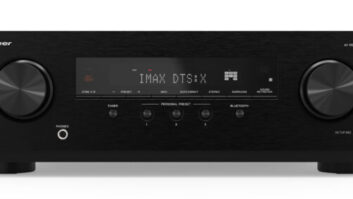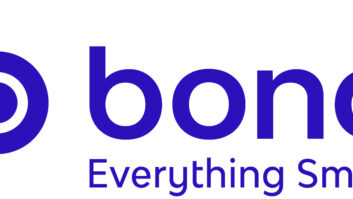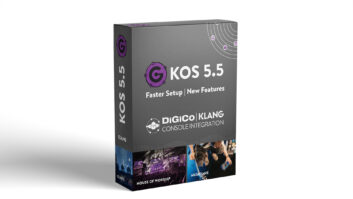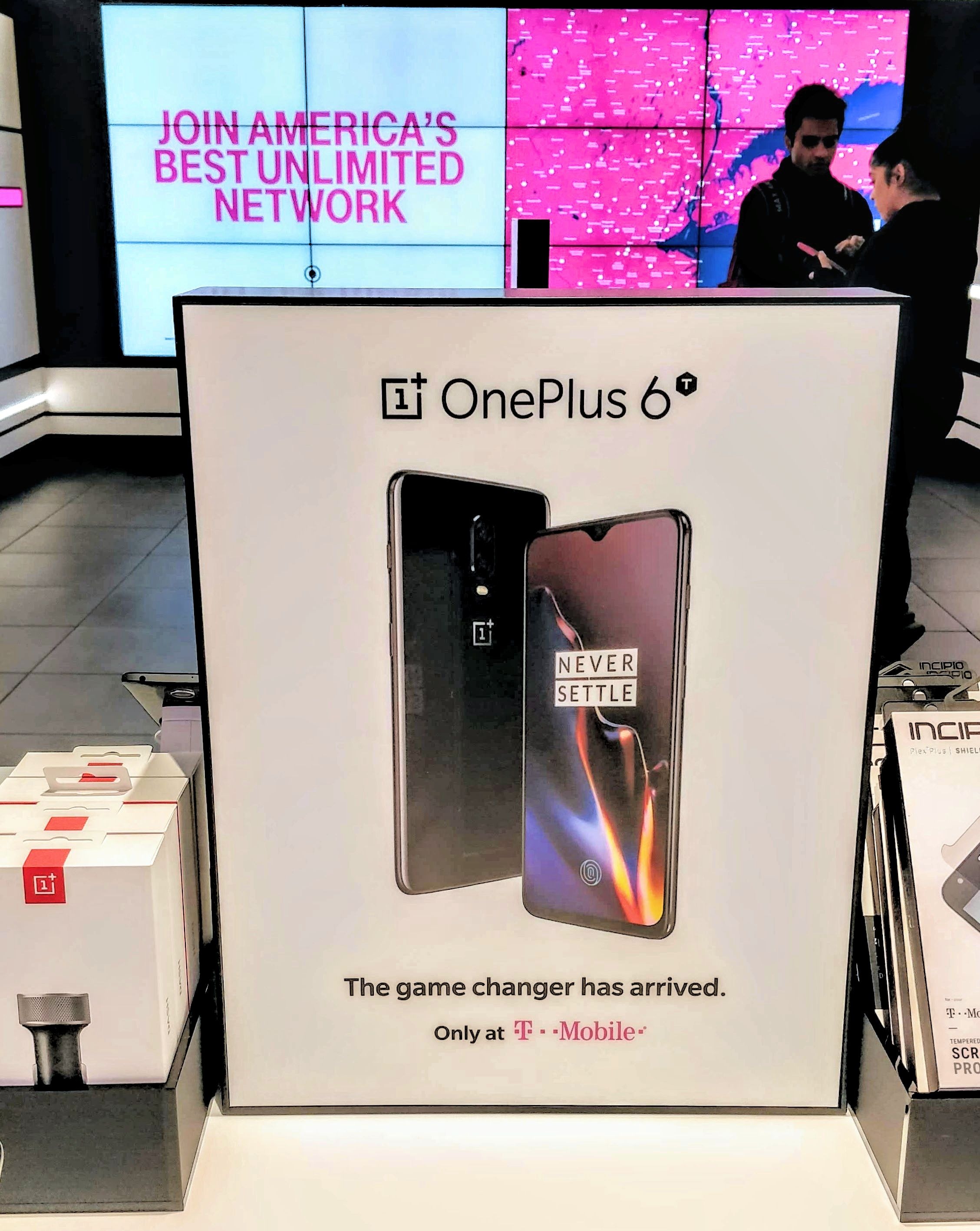
Upstart mobile phone maker OnePlus has plowed its way into the top-five circle of premium smartphone brands in the U.S., thanks to a boost from T-Mobile.
The ranking comes courtesy of market research firm IDC, based on fourth-quarter 2018 sales of handsets priced over $500.
OnePlus, a unit of Oppo parent BBK Electronics, first appeared in the U.S. in 2014. Its debut OnePlus One model, dubbed the “flagship killer,” wowed tech enthusiasts with its rich feature set and modest $300 price tag, and the company further fostered a fervent fan base with its active user-community engagement.
See: Guerilla Marketing The Carl Pei Way
Fast-forward to 2018, when OnePlus augmented its unlocked, direct-sale business model with its first U.S. carrier placement. A T-Mobile-centric version of it’s highly-lauded 6T phone was introduced in November, and initially amassed a better than 6 percent share of handset sales at TMO stores before settling down to a still respectable 3.3 percent share in January, Wave7 Research reported.
The pairing of the flagship killers with the Un-carrier appeared to be the perfect disruptive partnership, given their rock-the-boat personas.
“It’s been over five years since we launched our first phone in the U.S., initially as an online-only offering,” noted OnePlus CEO Pete Lau. “We’re proud of how far we’ve come and even more excited about the future ahead.”
The move trumped Huawei — the No. 3 smartphone maker worldwide, according to IDC — which has been on the outs with U.S. carriers since its Mate 10 Pro flagship phone was unceremoniously dropped last year by AT&T and Verizon amid Congressional concerns over cyber security.
See: Huawei’s Scuttled AT&T Deal Casts Shadow Over CES Event
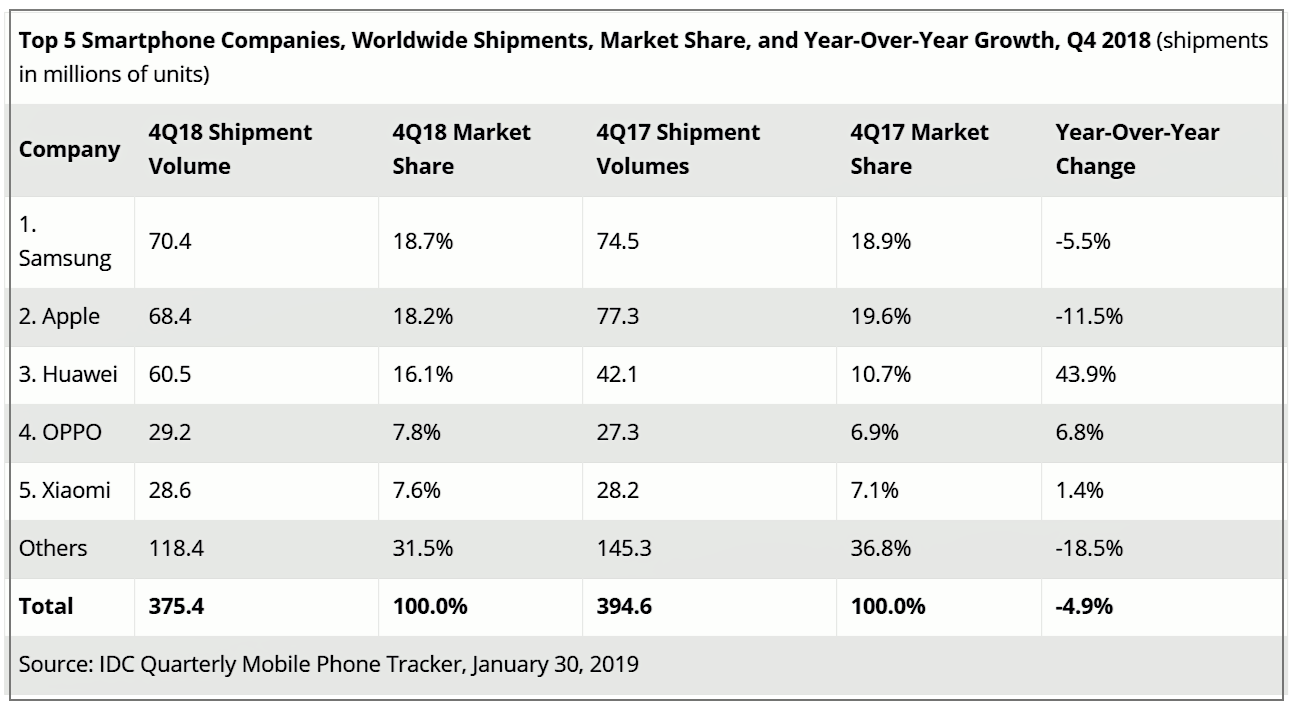
Separately, IDC called 2018 “the worst year ever for smartphone shipments,” with worldwide volume falling 4.1 percent in units. And this year may not be much better, the research group projected, as higher handset prices compel consumers to keep their current phones longer.
“Globally, the smartphone market is a mess right now,” said Ryan Reith, program VP with IDC’s Worldwide Mobile Device Trackers.
Even the advent of 5G and foldable phones may not offset sticker shock, unless carriers and retailers “fully maximize trade-in offers for older devices as a type of subsidy to push upgrades throughout 2019,” Reith advised.








